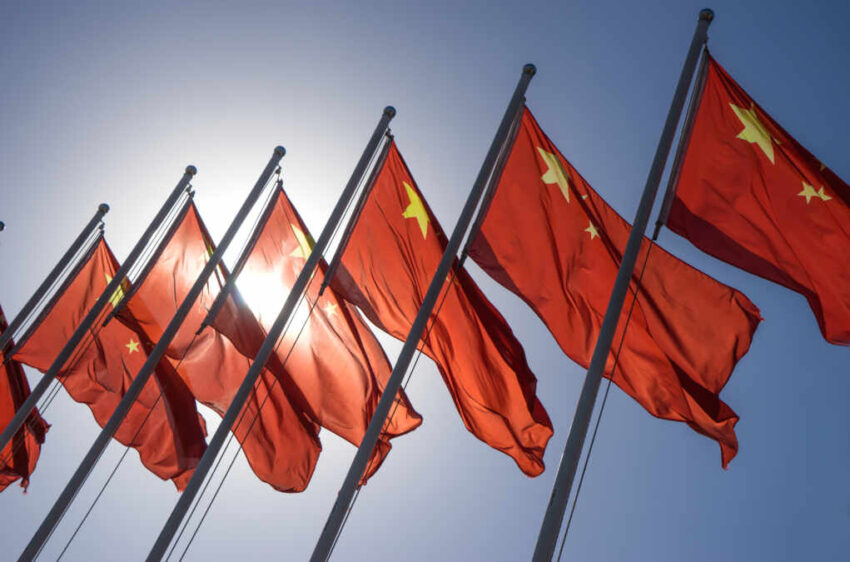China is rapidly emerging as a major contender in global biotechnology, backed by substantial state-driven investment, an expanding innovation pipeline, and swiftly accelerating clinical development—pressuring the U.S. to rethink its strategic direction.
At a Glance
- China invested over 20 billion yuan (≈ $2.8 billion) into biotech in 2023
- China’s biotech patent filings now surpass Europe’s and near U.S. levels
- Chinese firms average $299 million per funding round, nearly triple U.S. levels
- U.S. and EU pharma increasingly license Chinese-origin drugs
- Analysts urge reforms to U.S. funding and regulation to counter China’s gains
Rising Tide: China’s Biotech Momentum
Since being designated a strategic focal area in 2011, China has poured substantial funding into biotech innovation. Public funding alone reached 20 billion yuan (≈ $2.8 billion) in 2023. This influx has fueled breakthrough work in areas such as antibody-drug conjugates and bispecific antibodies, enabling Chinese firms to lead both in volume and speed of development.
Watch now: Strategic Shifts: Navigating China’s Biotech Boom and Its Global Impact · YouTube
China’s patent activity under the Patent Cooperation Treaty has soared—now exceeding Europe’s and closing in on the U.S. Simultaneously, its clinical trial timelines are markedly compressed, enabling startups to enter trials within 18 months of founding, versus several years in the U.S.—a disparity exacerbated by a collapse in early-stage U.S. funding (from $2.6 billion in Q1 to $900 million in Q2 of 2025).
Despite fewer companies, Chinese biotechs secure enormous funding rounds—averaging about $299 million per firm, versus $97 million in the U.S. and just $50 million in Europe. This has translated to industry influence that belies the smaller number of players.
Shifting Dynamics for Big Pharma
Global pharmaceutical powerhouses are adjusting to this new reality. Licensing deals for Chinese-origin drugs—especially clinical-stage candidates—are surging, with U.S. and European companies pursuing these assets outside China at lower costs and earlier stages. One notable example: Summit Therapeutics’ lung-cancer drug outperformed Merck’s Keytruda and originated from Chinese biotech Akeso.
However, concerns linger regarding the long-term success rates of these assets and the potential market impact if Chinese competitors enter global markets aggressively.
U.S. at Crossroads: Calls for Strategic Response
Observers warn that U.S. leadership in biotech is under threat without decisive action. Analysts highlight declining federal support and regulatory stagnation as key vulnerabilities, particularly given California’s historical dominance in biotech innovation. Regulatory reform—such as streamlining FDA pathways, encouraging risk tolerance, and supporting experimental approvals—is seen as essential to reinvigorate U.S. competitiveness.
In essence, the U.S. must adapt across funding, regulation, talent, and strategy to remain a global science and innovation leader.
Outlook & Geopolitical Stakes
China’s biotech ascent mirrors earlier surges in EVs and AI—areas where it has already caught or closed in on Western leadership. The biotech domain now stands as another arena in which China leverages long-term planning, innovation acceleration, and government scaffolding to redefine global hierarchies.
For the U.S., the imperative is clear: bolster investment in novel biology, streamline clinical and regulatory pathways, and reinforce domestic innovation ecosystems before the gap widens irreversibly.
Sources
Click this link for the original source of this article.
Author: Editor
This content is courtesy of, and owned and copyrighted by, https://thecongressionalinsider.com and its author. This content is made available by use of the public RSS feed offered by the host site and is used for educational purposes only. If you are the author or represent the host site and would like this content removed now and in the future, please contact USSANews.com using the email address in the Contact page found in the website menu.








